There is an exciting collab coming your way – we’re delighted to present our collaboration, which was made with Vita Ivičič, a Slovenian fashion designer and artist.
For the limited summer collection, Vita was invited to create a custom-made flower print with homegrown rose leaves and petals picked from her family garden – and we couldn’t be happier with the result.
Read more about the artist in our interview and stay tuned – the limited collection will be available soon.
An interview with the artist
Vita Ivičič is a clothing designer now living and creating in Slovenia. Never having lived anywhere else, she left her hometown in the Slovenian countryside to study in London, one of the world’s metropolises. Studying textile design, she specialized in knitwear design and later decided she wanted to pursue her career as an independent designer focusing on slow fashion and sustainability.
We spoke to her at the height of summer 2020 when the preparations for SS21 were in their final stages. Here is an excerpt from our not so much an interrogating interview, but rather an enjoyable talk with a like-minded creative soul.

Vita, you studied in London. How come you decided to study in one of the world’s biggest, most varied of the world’s metropolises?
I studied in Črnomelj, my hometown in the Slovenian countryside, quite far away from the capital city. I’d always known I wanted to study fashion design and when I saw Central St. Martin’s, which I though was supposed to be a good school, was accepting applications, I applied for it. I didn’t even know what exactly to send in as I’d never conducted a portfolio before. English language was never my strong point and I dreaded the language test I had to do, but somehow I was accepted.
In the first year during the probation course I wanted to study jewellery design, only to realize I could actually study textile design. I later specialized for knitwear at Chelsea College of Arts. Not wanting to work for large fashion companies, I decided not to continue my studies at the postgraduate level. I didn’t want to lose myself working for chief designers in companies where you always have to be at their disposal. As a self-employed designer, I have all the freedom in the world, even though my income might be irregular from time to time. I’d rather be free at what I do than work in a large company.
I do sometimes miss London, everything is so small and familiar here. Ideally, I’d live between the two places, London and my Slovenia. The reason for this is that I am slowly getting ready to launch a new slow fashion brand together with my former classmate Emi, who’s a weaver. We have the same vision and the same working concept so the brand will combine my prints and knitwear and Emi’s weaving. Emi specialises in natural dyeing of textiles and ceramics, our buttons will be made from clay and pigments extracted from soil for example. Everything will revolve around the concept of slow fashion and sustainability – our labels will be made from recycled paper and contain, for example, flax seeds for linen fabrics and honey plant seeds for flower prints. This does demand quite a large financial investment, so we’re taking things slow.

Where do you get the inspiration for your work?
The inspiration obviously comes from nature. I’ve always been surrounded by forests and our family garden, I love observing nature with its cycles so it only feels right to use natural materials and natural pigments. While at university, there wasn’t much stress on sustainability at first, but at the textile department we then had a very forward-thinking sustainability office. I hadn’t even been thinking of sustainability as a concept before that, but once you see how plants, animals and workers are treated in conventional practices, there is no other way than focusing on sustainability. Designers especially must be educated to be able to bring sustainable products to the market and offer sustainable options to the people.

How does your creative process unfold?
When it comes to prints, everything depends on the season. Where I live, the same flowers grow at the same time every year, so I try to bring in some variety by collecting flowers when I travel, too. Both the environment and time of the year play a crucial role here. I use hand-woven linen fabric that is traditionally made in the Bela Krajina region where I come from. This way, I am actively preserving our cultural heritage, but this is done in limited quantities only as the process is extremely time-consuming. Emi, my friend and future brand co-owner, worked with Japanese Kibisu silk at university already and will continue to do so. This is in a way recycled silk since it is technically a by-product of the silk production industry, and demands additional steps and processes to assemble it – and most farmers do not do that.
At the moment, my main product are the socks I make – they are affordable and people seem to like them very much. Otherwise I make clothing in small, limited editions. With Emi, we plan to have some pieces premade, but the majority will be custom-made bespoke pieces. We will reuse old fabrics like traditionally-made linen fabric leftovers, embroider initials if desired and make pieces that are practically indestructible, that will last forever. The concept will focus on conscious consumption, slow fashion – basically what I do now but artistically even more elevated. Due to the pandemics, we will develop the brand slowly. Our products will give the people what they need and what inspires them the most at the moment – a genuine connection with nature.

If we’ve learnt anything from coronavirus, it’s that we have to be more considerate towards nature, treat it kindly. One of the key aspects is sourcing our food locally, which means we have means to survive even if the shops are closed.
What is the proportion of the analogue vs. the digital part of the process?
I begin analogically by gathering and pressing the flower petals, which are later digitalised. There are quite a few reasons for digitalisation: I don’t want to use up and ruin too many flowers during the process, which is quite lengthy in itself, and even then not everything that is pressed is actually useful. Digitally, I can use for example one good petal print and multiply it. Still, I love working with natural colours. I dye fabrics with natural pigments such as those from willow leaves, and the colour depends so much on the soil and the season even within the same willow species. This teaches us that nothing is permanent and predictable, but rather always passing and changing. That’s why my otherwise minimalist creations go with the flow and bring into the spotlight the fabrics, techniques, prints and colours.
Which plants and flowers make up the floral print you made especially for our upcoming Spring/Summer 2022 collection?
I used leaves and petals of roses that grow around my house. The roses are my brothers darlings this year – he takes care of roses and lilies especially this year, our whole yard is dug up and planted with flowers because of him.

How do you choose which flowers to include in your prints?
The first selection is made based on how dry the plant is – if they are too dry, they cannot be pressed. Some flowers look beautiful but once they are pressed they look quite the opposite. Sometimes I pick a flower because it reminds me of a certain person or location where I like to take walks. In the end, it all depends on the season – each time of the year and each location could have a print of their own. Since the flowers are not actually pressed but hammered, the process is quite loud as well, which might be a bit impractical and annoying if I am not at home. The peculiarity is that the hammering has to be done on the spot. This means I could travel, pick flowers, make prints and create new collections at the same time. Emmy, for example, now focuses on indigo; the tradition of dying with indigo is endangered, it’s practically dying out. She’s going to attend a masterclass in Japan with someone who will teach her how to dye with indigo with traditional techniques to keep the processes known and alive for generations to come. By using traditional techniques, this already creates a beautiful story behind our future brand. We’d also like to include other local products like flax seed with linen and hemp tea with hemp fabrics, we’d even grow our own indigo. The focus will not just be on the end product, but the process too. I see the future of fashion and new opportunities in connection, collaboration – both between artists and with nature.


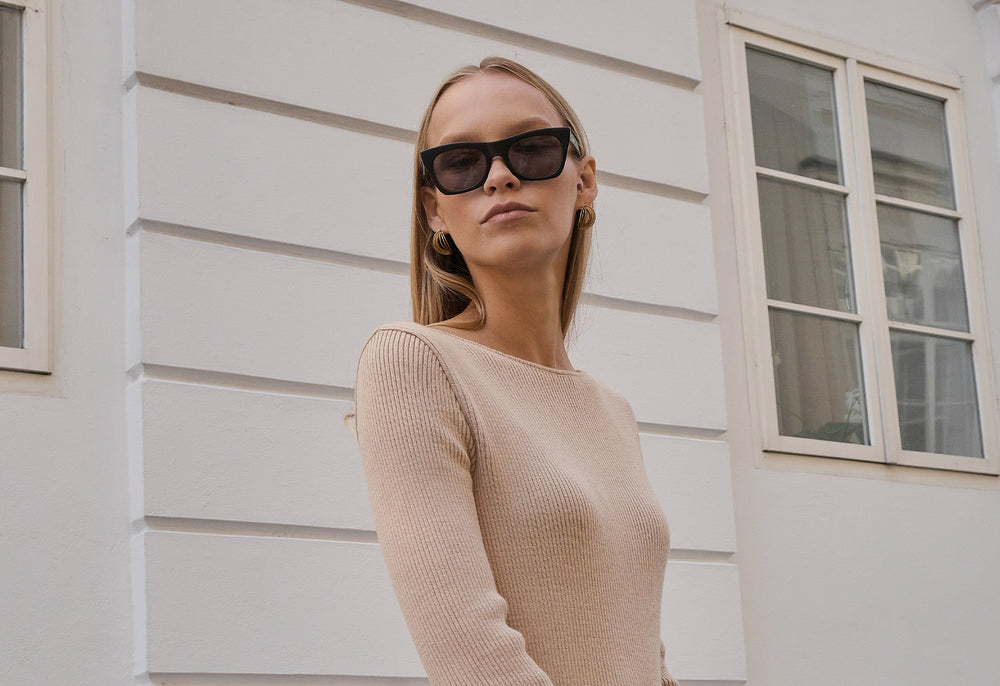

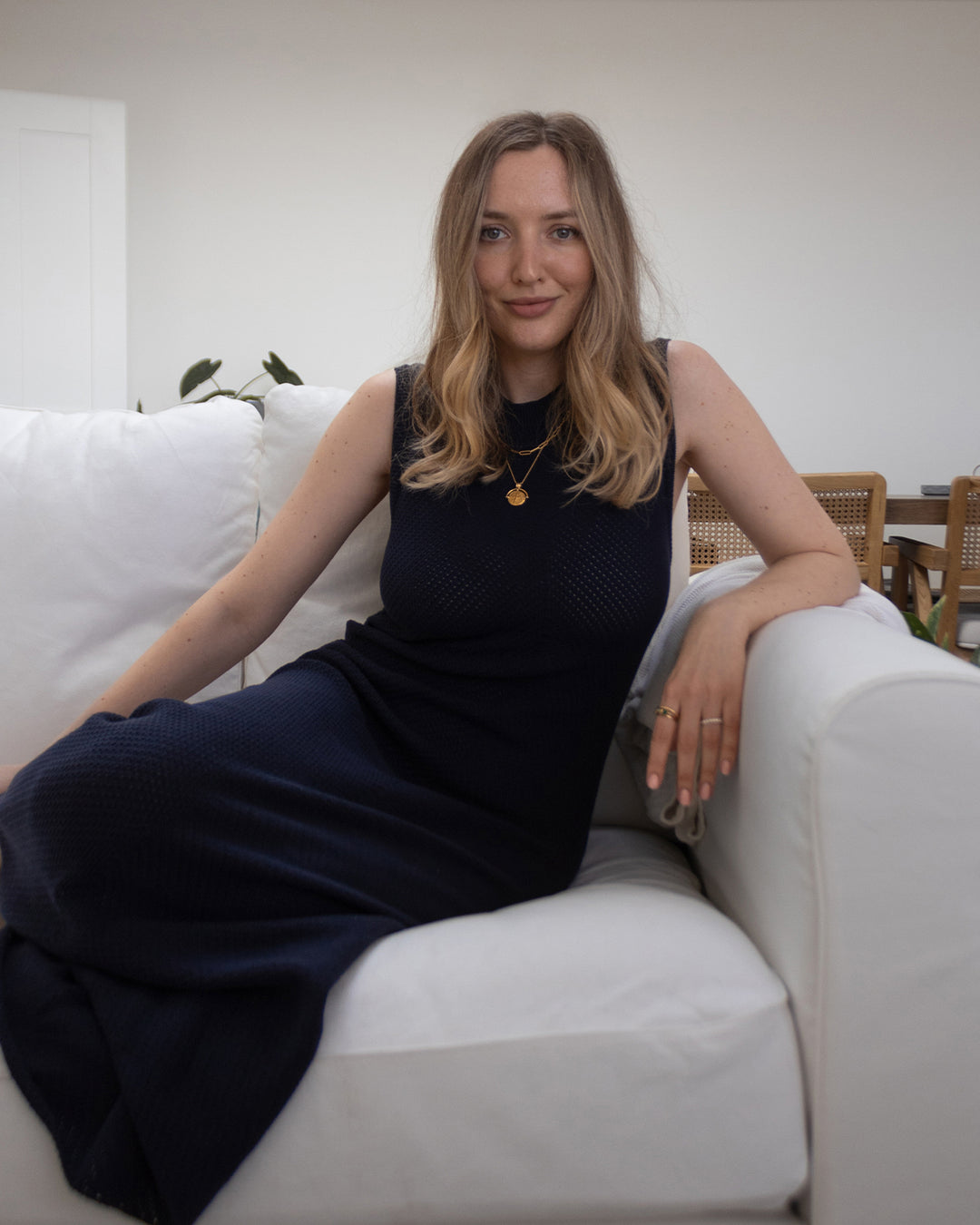
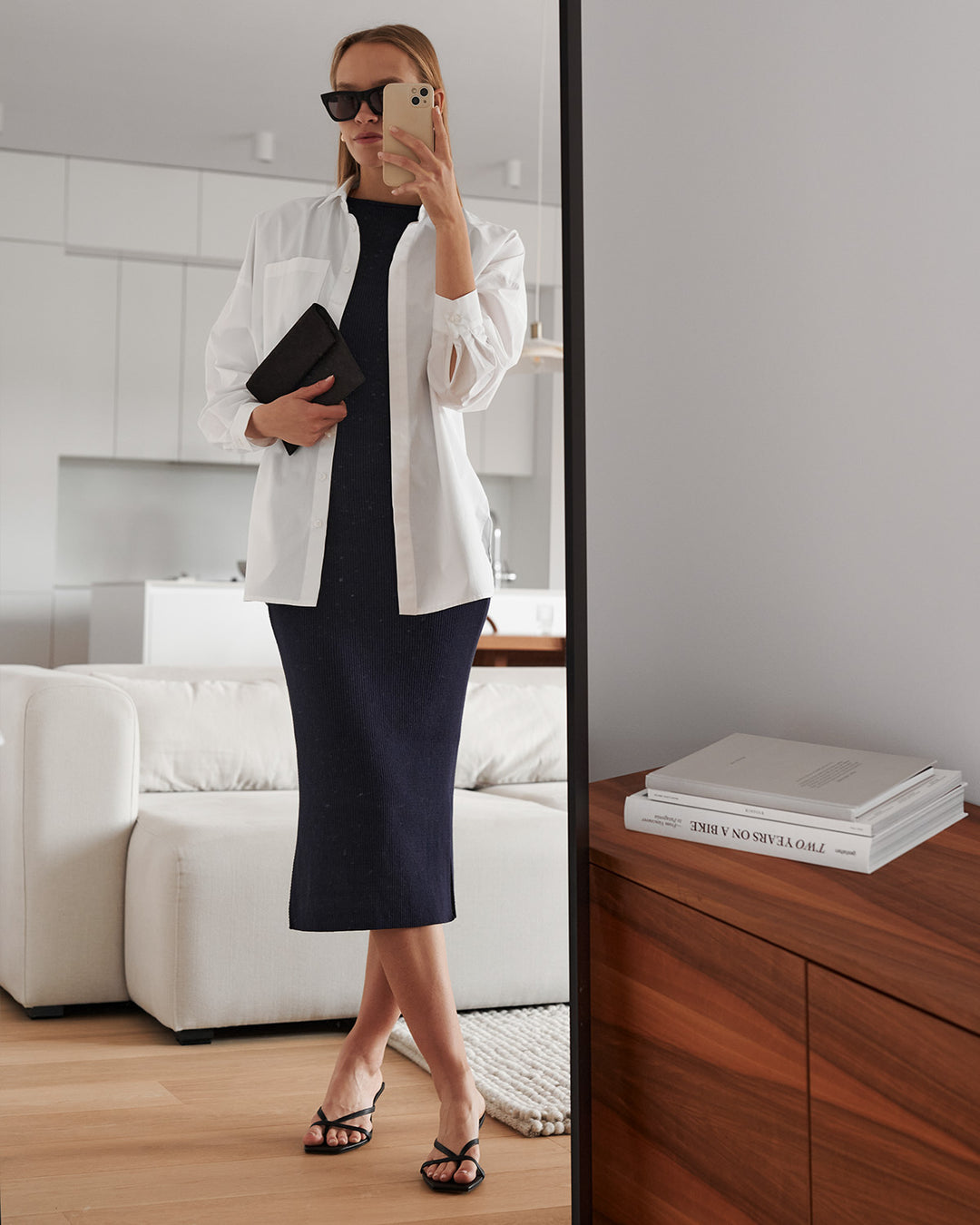
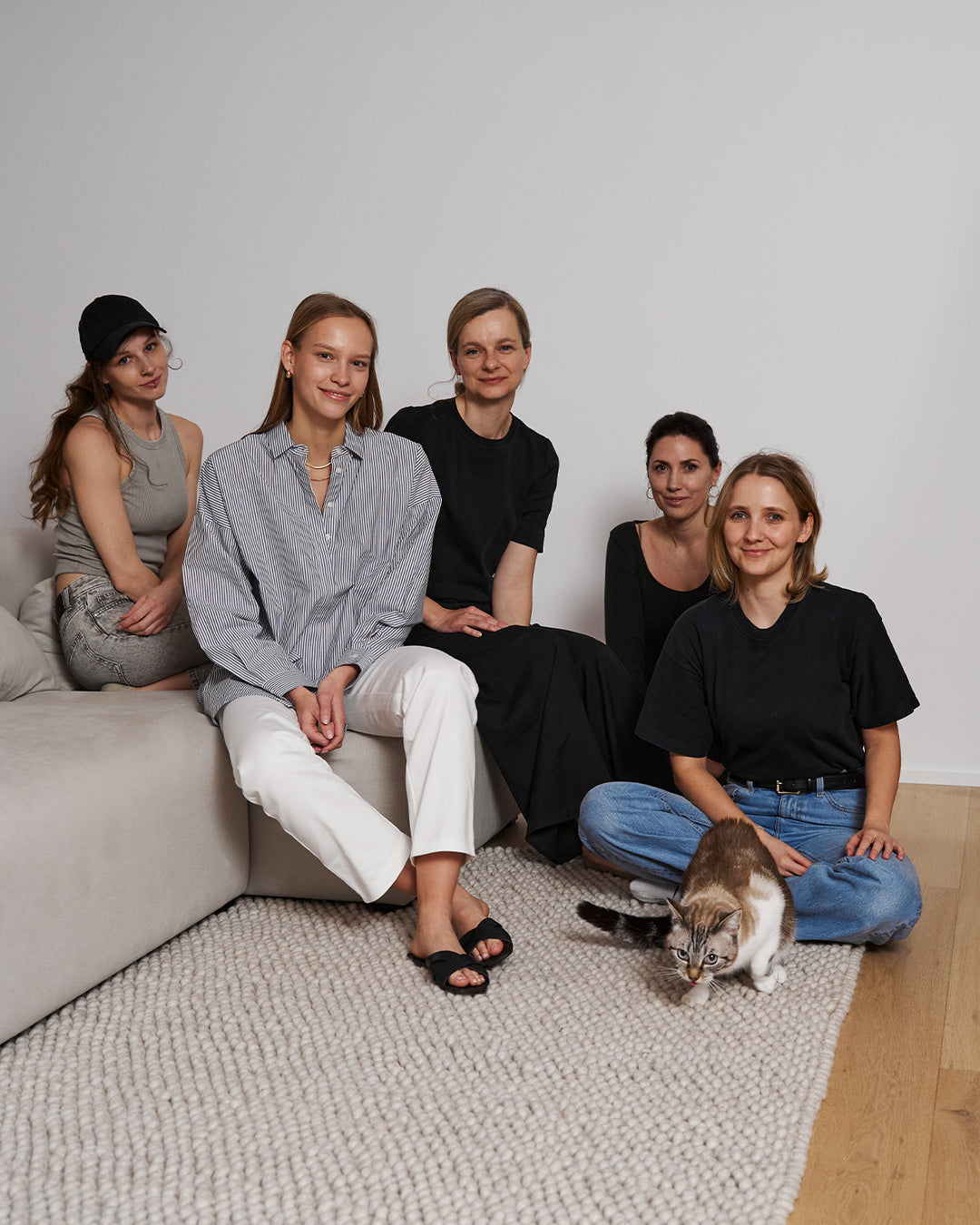
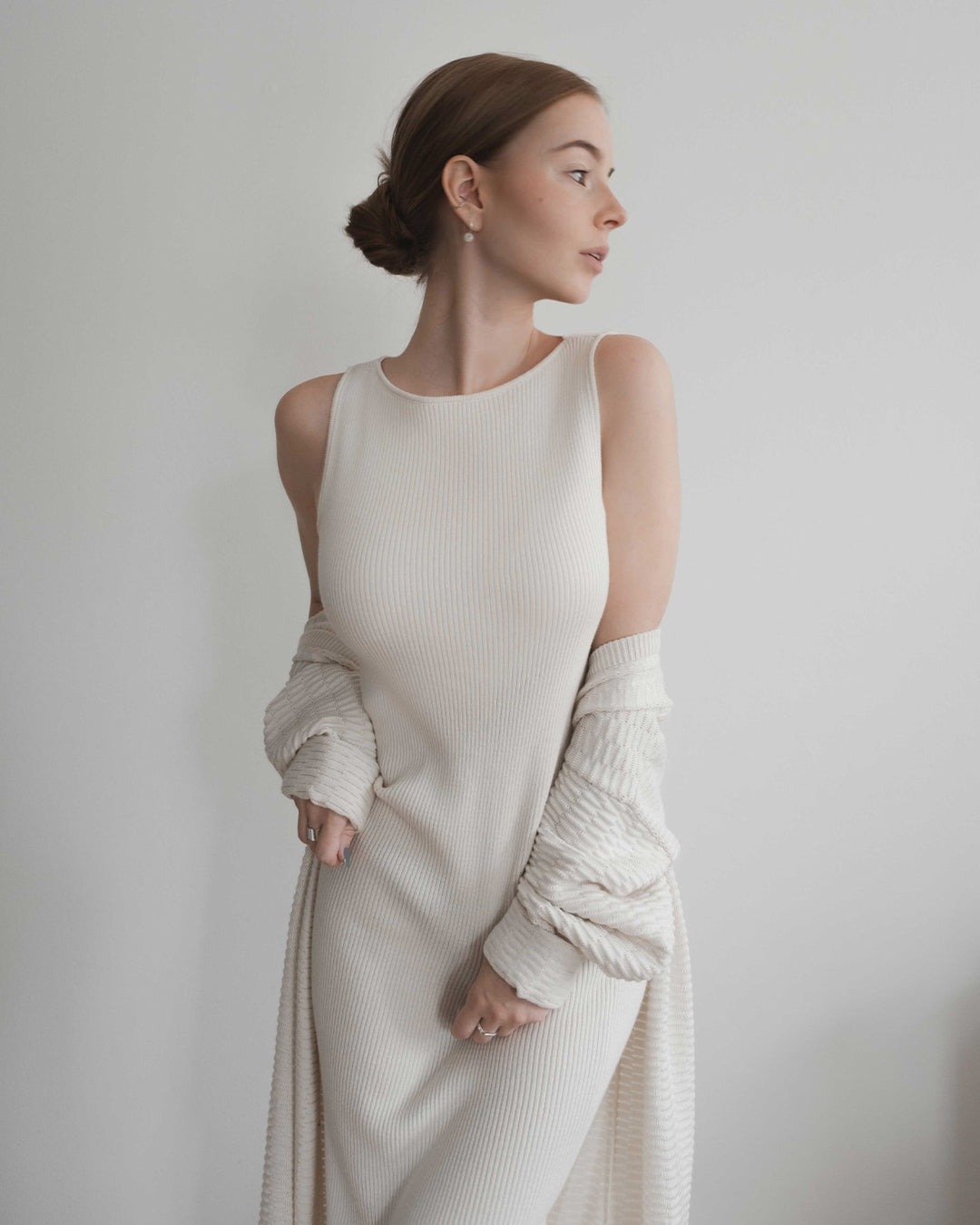
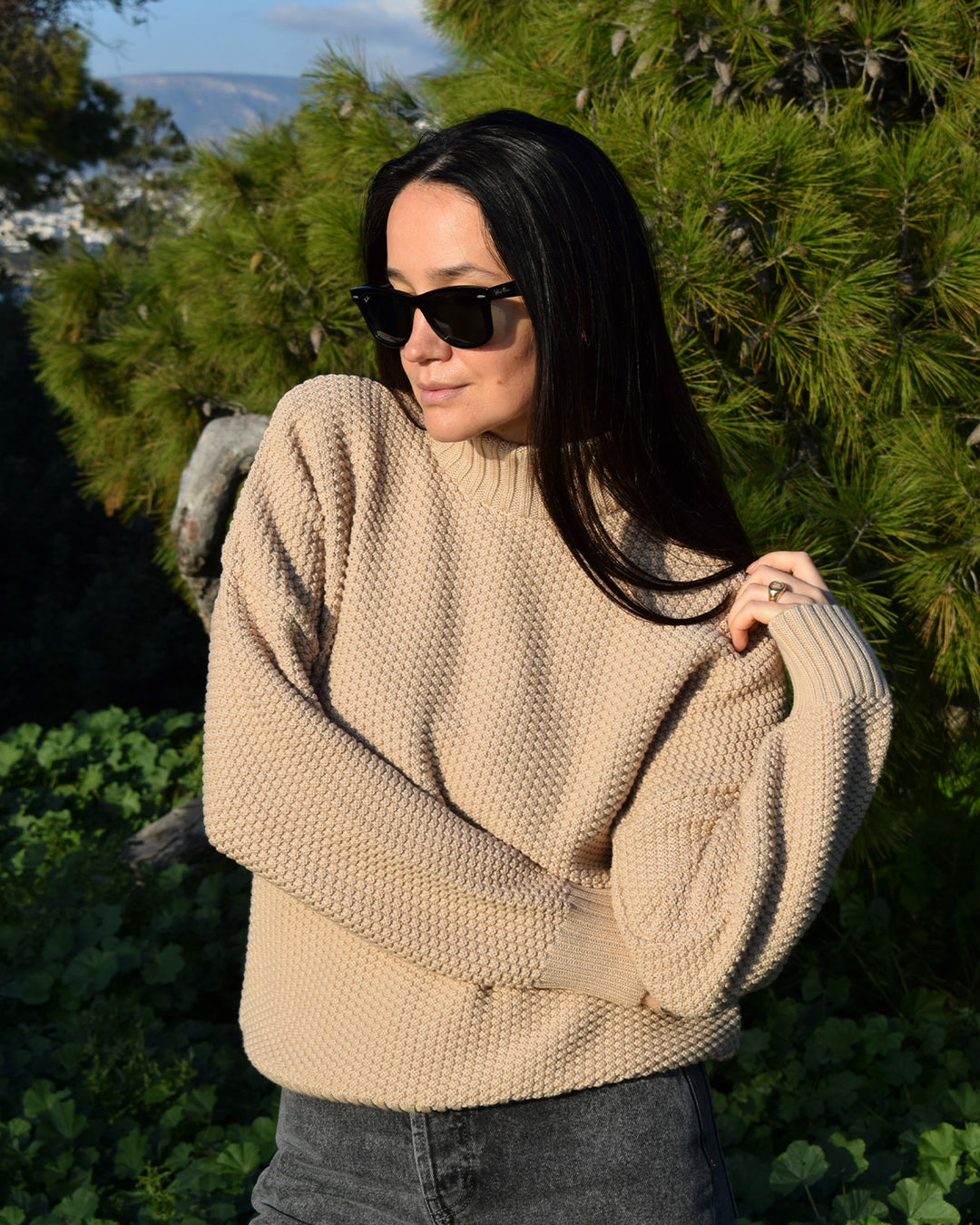
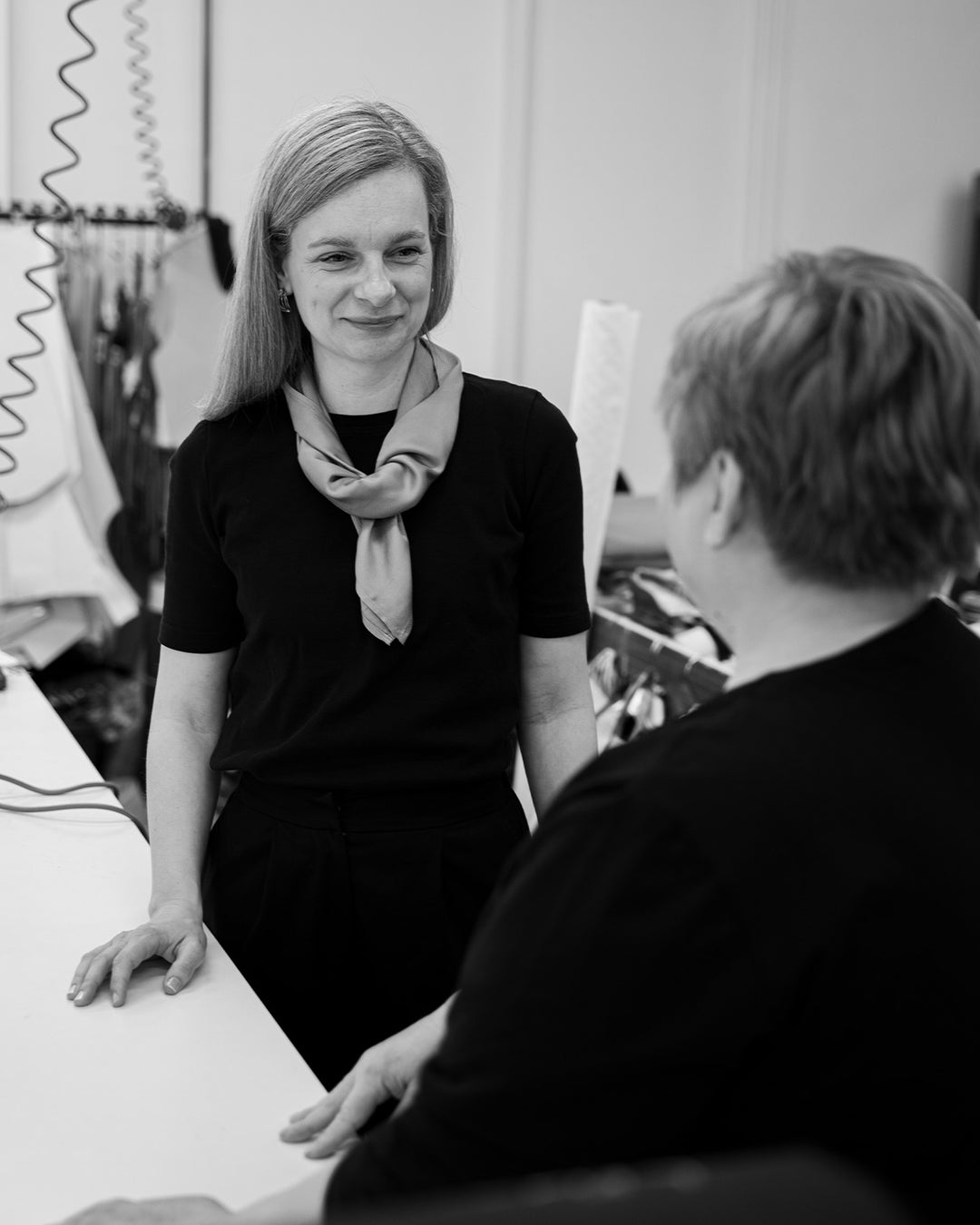
Leave a comment